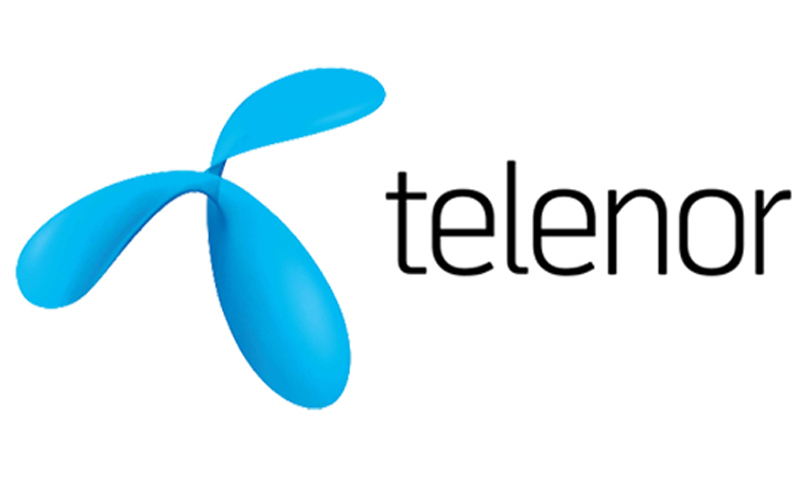
Understanding Storage Devices
In today’s digital age, the ability to store and retrieve data in a powerful way is crucial. Storage devices play a dynamic role in our daily lives, allowing us to store and access a wide array of information, from text documents to multimedia files. Throughout this blog, we will review the different types of storage devices, their features, and their applications, allowing you to make informed decisions when it comes to putting your digital data to work.
Basics of Storage Devices
Storage devices are hardware modules that allow us to store data in a computer system. These devices come in many forms, each with their own unique features and capabilities. The primary purpose of storage devices is to provide a secure and accessible medium for preserving digital information, enabling us to retrieve and use it when needed.
Types of Storage Devices
Popular types of storage devices include:
- Hard disk drives (HDDs): These are traditional mechanical storage devices that use magnetic platters to store data. HDDs are known for their large storage capacities and are commonly used in desktop computers and laptops.
- Solid-state drives (SSDs): SSDs are a newer generation of storage devices that rely on flash memory technology, which eliminates the need for moving parts. They offer faster data access and retrieval times than HDDs.
- USB flash drives: Also known as USB memory sticks or thumb drives, these portable storage devices use flash memory to store data. They are convenient for transferring files between different devices and can be easily carried.
- Optical discs (CDs and DVDs): This storage media uses laser technology to read and write data onto a plastic disc. CDs and DVDs are commonly used for data backup, software distribution, and storing multimedia files.
- Memory cards: These compact storage devices are often used in digital cameras, smartphones, and other portable electronics to store photos, videos, and other digital content.
- Cloud storage: Instead of physical storage devices, cloud storage refers to the practice of storing data on remote servers accessible via the Internet. It allows users to access their files from anywhere, as long as they have an Internet connection.
Exploring the Features of Storage Devices
Each type of storage device has its own unique features and characteristics that make it suitable for different applications and user needs. Let’s take a closer look at the key aspects of these devices:
Storage capacity
Storage capacity refers to the upper limit of data that a storage device can hold. This varies greatly across different types of storage devices, with HDDs and SSDs offering the largest capacities, often ranging from hundreds of gigabytes to several terabytes. Optical discs and memory cards, on the other hand, typically have smaller storage capacities, but are still suitable for specific use cases.
Data access and retrieval
The speed at which data can be accessed and retrieved from a storage device is an important factor. SSDs typically outperform HDDs in this regard, thanks to their use of flash memory technology, which allows for faster data access and reduced seek times. USB flash drives and memory cards also offer fast data transfer capabilities, making them suitable for applications that require fast data access.
Durability and reliability
The durability and reliability of storage devices are important considerations, especially for long-term data storage. HDDs, being mechanical devices, are more susceptible to physical damage and wear over time. SSDs, on the other hand, have no moving parts and are generally more resistant to physical shock and vibration. Optical discs can also be a reliable storage option, as they are less prone to data loss than magnetic media.
Portability and Connectivity
The portability and connectivity of storage devices play a major role in their use. USB flash drives and memory cards are highly portable, allowing users to easily transfer data between different devices. Cloud storage, being accessible via the internet, offers the ultimate in portability, as users can access their data from anywhere with an internet connection.
Choosing the Right Storage Device for Your Needs
When choosing a storage device, it is important to consider your specific needs and requirements. Factors such as storage capacity, data access speed, durability, and portability should be considered. Additionally, the intended use case, such as personal data storage, backup, or professional applications, can also influence the choice of storage device.
Balancing performance and cost
Storage devices often involve a trade-off between performance and cost. HDDs typically offer more affordable storage solutions, while SSDs provide faster access to data.


